How to choose a drive for a permanent magnet synchronous motor? A permanent magnet synchronous motor is an advanced motor that requires a specific type of drive to achieve its directional rotation and better performance.
How to choose a drive for a permanent magnet synchronous motor?
In general, permanent magnet synchronous motors are often used in combination with a motor controller or inverter to provide the required current and frequency.
Let’s take a look at motor controllers. A motor controller is a hardware device that receives external input signals and controls the operation of a permanent magnet synchronous motor as needed. Motor controllers mainly include control circuits, logic circuits and power supply circuits. With the motor controller, parameters such as speed, torque and direction of the motor can be adjusted and directional rotation can be realized.
Another commonly used drive is the inverter. An inverter is a power electronic device that converts DC power into AC power. In the drive process of permanent magnet synchronous motor, the inverter plays an important role. The inverter can not only change the amplitude and frequency of the current, but also adjust the voltage waveform and phase to meet the working requirements of the permanent magnet synchronous motor.
When selecting the right driver, several factors need to be considered: power level, control accuracy, dynamic response, and reliability. 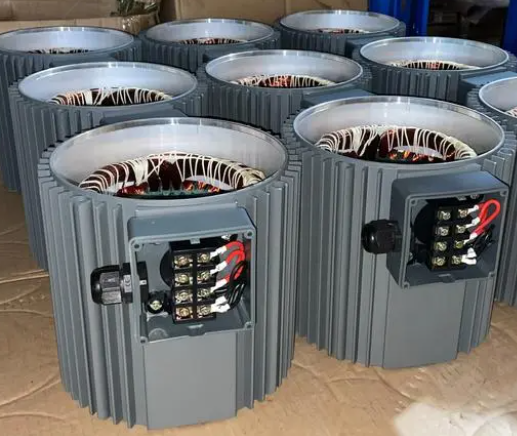
Internal structure of permanent magnet synchronous motor
Choose the right drive according to the power requirements of the permanent magnet synchronous motor. The power level of the drive should be adapted to the rated power and load requirements of the motor.
Control accuracy is another important factor. For applications that require high-precision control, such as areas such as industrial automation and robotics, it is necessary to select a drive with high-precision control functions.
Dynamic response is one of the metrics that measure drive performance. In applications that require frequent start-stop or fast response, such as electric vehicles and elevators, it is necessary to choose a drive with fast dynamic response.
Reliability is also one of the key considerations when selecting a drive. Highly reliable drives ensure long-term, stable and efficient operation of the motor, reducing maintenance costs and the risk of failure.
There are several types of drives available on the market, such as direct converters, spatial vector modulation inverters (and vector-controlled inverters). These drives have different control algorithms and characteristics, which can be selected according to the specific application needs.
In summary, permanent magnet synchronous motors are often used in combination with a motor controller or inverter. Choosing the right drive is key to ensuring proper operation of permanent magnet synchronous motors, directional rotation, and optimal performance. Power levels, control accuracy, dynamic response, and reliability should be considered when selecting a driver to meet the needs of the specific application.
Directional rotation principle and application of permanent magnet synchronous motor
Permanent magnet synchronous motor is a kind of high efficiency, low noise, high power factor motor. It uses permanent magnet material as the excitation source, combined with precise control algorithms, can achieve precise directional rotation.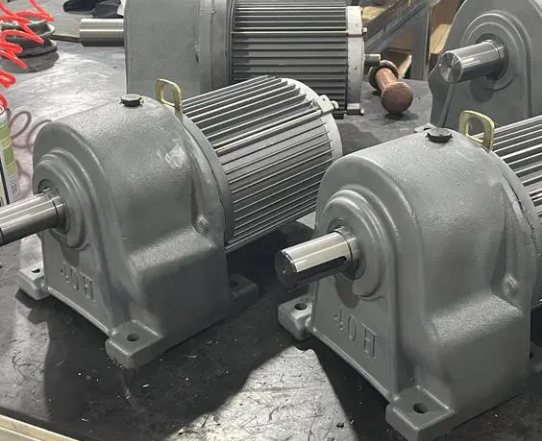
Let’s understand the basic principle of permanent magnet synchronous motor. Permanent magnet synchronous motor consists of two parts: stator and rotor. The coils on the stator are powered by a three-phase AC power supply, generating a rotating magnetic field. The permanent magnets on the rotor generate a fixed magnetic field. When the magnetic field of the stator is synchronized with the magnetic field of the rotor, the motor can operate at high efficiency.
To realize the directional rotation of permanent magnet synchronous motors, a field-oriented control method needs to be introduced. The most commonly used method is vector control. In vector control, the motor controller uses current feedback and position feedback to adjust the size and phase of the stator current so that the stator magnetic field is always synchronized with the rotor magnetic field.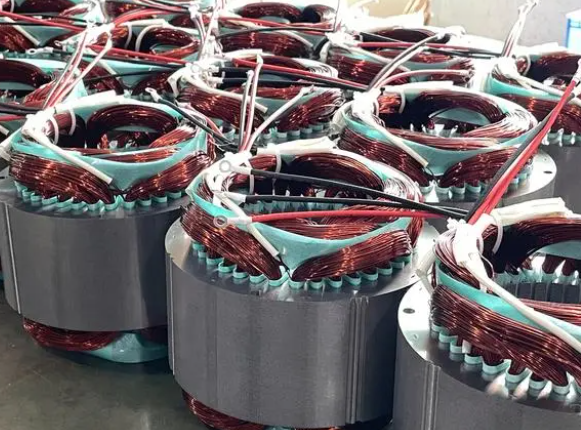
Directional rotation principle and application of permanent magnet synchronous motor
Specifically, vector control consists of two main steps: position estimation and current control. Position estimation is the detection of rotor position by sensors such as encoders or Hall sensors, which determine the position of the stator current relative to the rotor magnetic field. The current control is based on the results of position estimation, adjusting the magnitude and phase of the stator current, so that the stator magnetic field is always synchronized with the rotor magnetic field.
In vector control, a PI regulator is usually used to control the stator current. The PI regulator adjusts the control signal according to the difference in stator current, that is, the error between the set current and the actual current to achieve the purpose of directional rotation. In addition to the PI regulator, other advanced control algorithms, such as model predictive control or modelless adaptive control, can be used to improve control accuracy and response speed.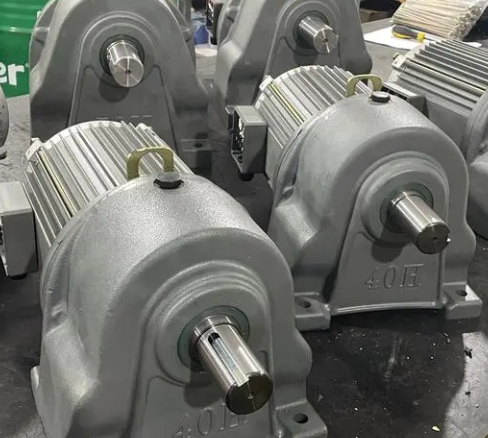
How to choose a drive for a permanent magnet synchronous motor
There is also a widely used control strategy, that is, field-oriented control. In field-oriented control, the motor controller converts a permanent magnet synchronous motor into an equivalent DC motor, and then uses traditional DC motor control methods to control the magnitude and phase of the stator current. Field-oriented control has high dynamic performance and response speed, and is widely used in the directional rotation of permanent magnet synchronous motors.
In summary, the directional rotation of permanent magnet synchronous motors is achieved by vector control or field-oriented control. These control methods use current and position feedback to adjust the magnitude and phase of the stator current so that the stator magnetic field is always synchronized with the rotor magnetic field. Through precise control algorithms and efficient permanent magnet materials, permanent magnet synchronous motors can achieve precise and stable directional rotation, which is widely used in industrial automation, electric vehicles and household appliances.



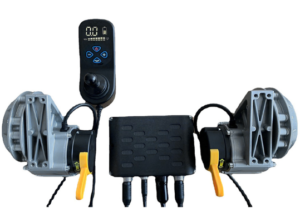
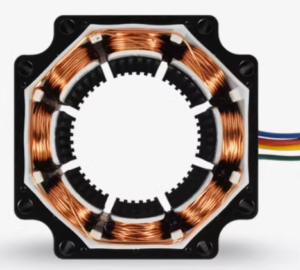
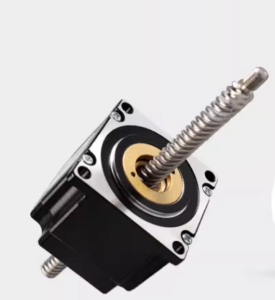
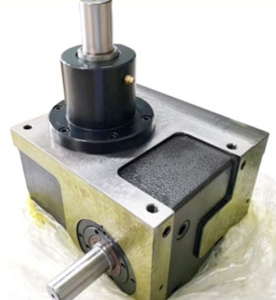

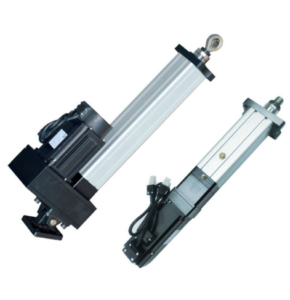

What is the control accuracy of permanent magnet stepper motor driver?
What is the maximum control accuracy of permanent magnet stepper motor driver?